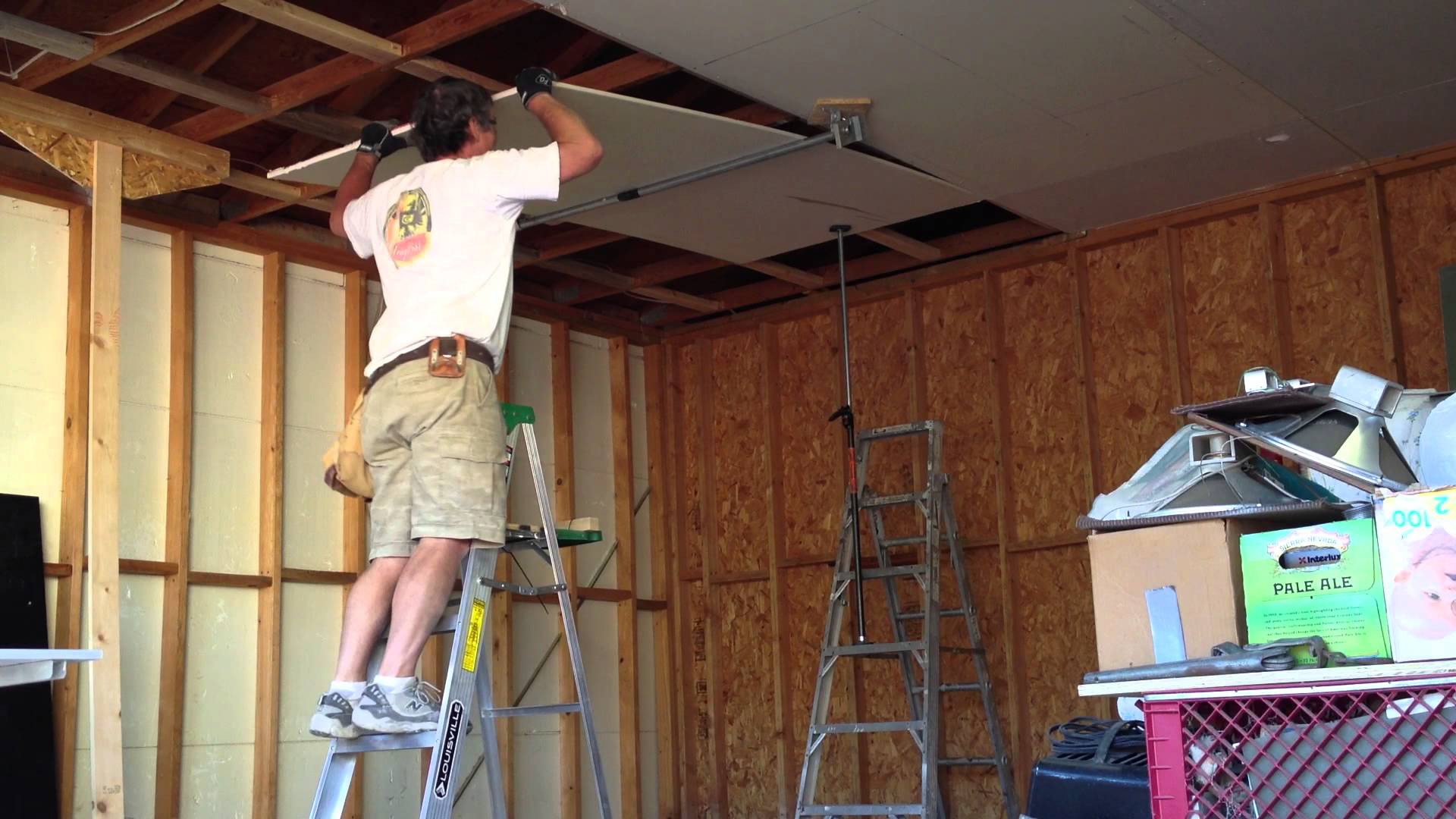Installing and entering ceiling spaces can pose serious risks hence the need to put in place health safety measures and appropriate training conducted to minimize the risk of serious injuries or possible fatalities. Working at heights and near electricity are some of the risks presented to those installing.
The following are the basic safety measures to follow.
1.Turn off the electricity.
Electricity being a major hazard, before starting any work always turns off all electricity to the property switchboard. Also inspect the area for any obstructions such as electrical wires, duct work or protruding pipes.
2.Do not use glue
Professionals rarely use glue on ceiling joists, partly because of the greater likelihood of ceiling boards falling off. Instead of gluing, use three coarse thread drywall screws in addition to the screw on each edge of the board.
3.Keep the drywall sheets flat
Keep the drywall sheets laid out flat on the floor until you’re ready to use them. This will prevent them from bending.
4.Communication
Ensure that someone is aware of where you are and contact with them is maintained until work is completed to avoid any fall of materials and tools on someone.
5.Take additional lighting
It is advisable to taking additional lighting like a torch with you as the lighting is generally poor in ceiling spaces
6.Avoid stepping on ceiling joist
Use ladders instead of stepping on ceiling joist or the beams to avoid risks of falling or injury. Also ensure the materials used such as nails are placed in a tool box to avoid stepping on them and tripping over
7.Wear protective garments
Wear appropriate and correctly fitted protective equipment when installing your ceiling. This includes; a head covering and goggles to avoid eye irritation, long sleeve, loose fitting clothing and gloves to minimize skin contact with materials.

